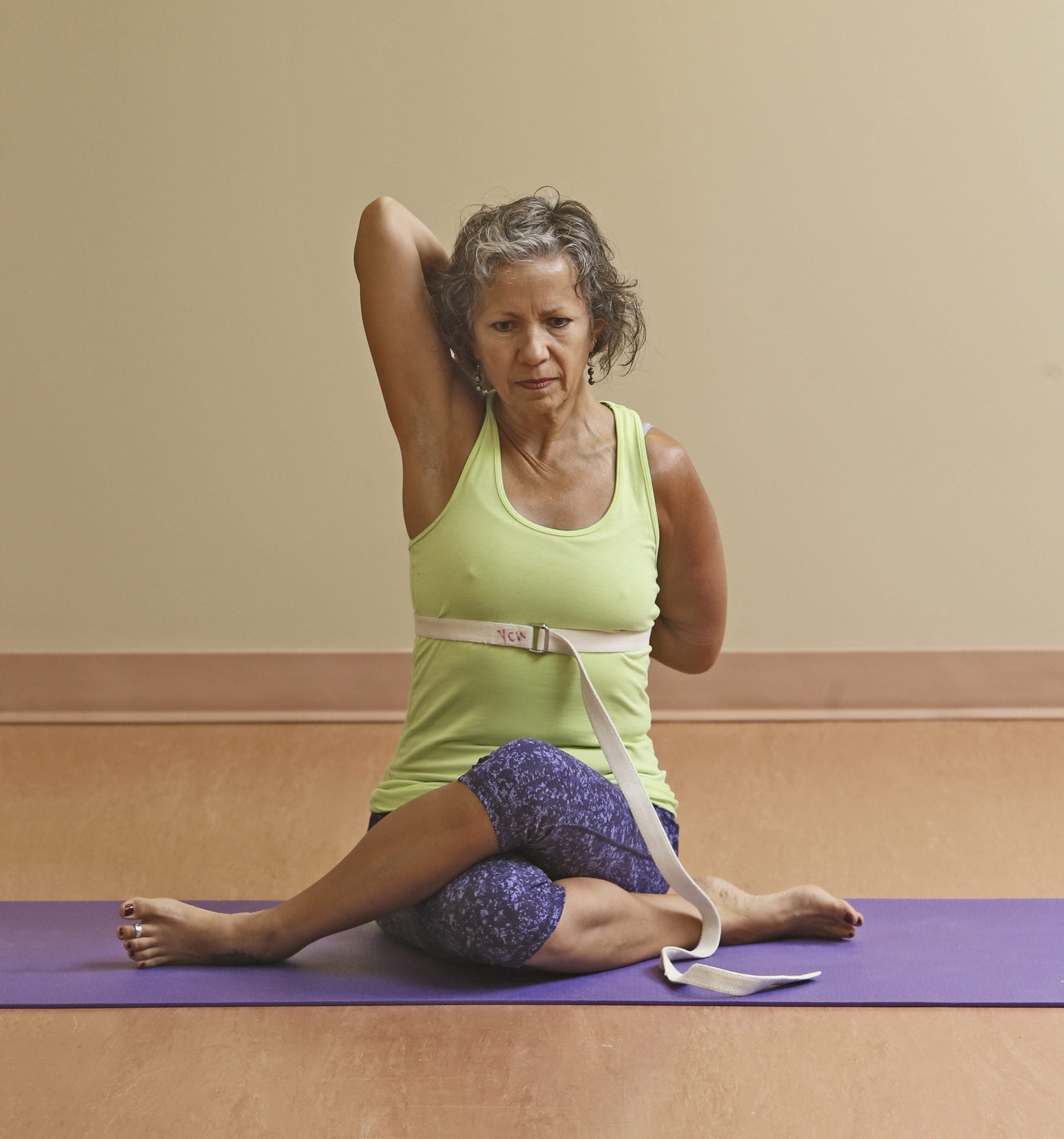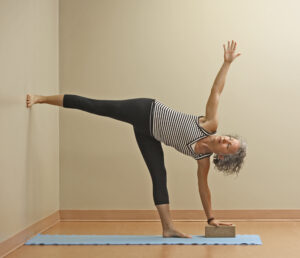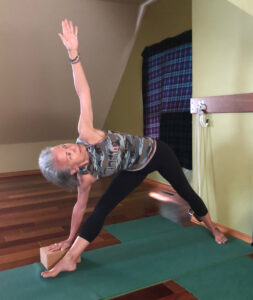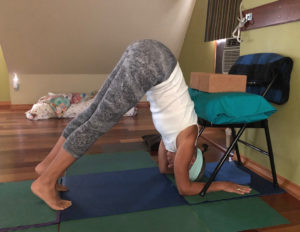Many Western societies have compartmentalized healthcare by focusing treatment and prevention on one aspect of our being — body or mind or spirit — rather than administering to all three.
For physical pain, a physician tends to prescribe medication and exercise. For mental and emotional well-being, psychiatrists and psychologists offer medication and therapy. For spiritual sustenance and growth, religious leaders opt for prayer and penance. Alternatively and appropriately, yoga’s acceptance as a mainstream wellness practice is due to its capacity to balance and unite body, mind and spirit. Another remarkable benefit is yoga returns responsibility for one’s wellness back where it belongs — to the practitioner.
We are not suggesting physicians, counsellors and spiritual leaders do not play an important role in healthcare. Quite the contrary. The key, however, is to learn when their help is best applied. Unfortunately, abdicating inquiry and decision making about your health to one of these professionals limits your own intimate — in-to-me-see — relationship with your mind, body and spirit. If, as American Psychologist Abraham Maslow theorized, self-actualization or personal mastery is an innate drive we all share, then it behoves us to become intimately familiar with all aspects of our being.
The unexamined life is not worth living. Socrates (469-399 BC)
Socrates also coined the phrase, “All knowledge is self-knowledge,” affirming that self-awareness enables us to choose those actions best-suited to our minds, bodies and spirits. So, if you are looking for a Do-It-Yourself (DIY), integrated wellness experience, yoga study and practice of the body’s five layers of being — koshas — will inform your awareness journey. These five layers or sheaths, like Russian stacking dolls, are located each inside the next with the outer, visible layer being our physical body.
- Annamaya Kosha (Physical) includes muscle, bone and tissue which we strengthen and stretch through yoga postures (asana).
- Pranamaya Kosha (Energy) involves our organs, emotions and energy-transporting channels or nadis, which flow life-force energy throughout our system. Both breath (pranayama) and asana practices nourish this layer.
- Manamaya Kosha (Mental) contains our thoughts, ego and sensations emerging from our five senses. We quiet the mind by drawing the senses inward (pratyahara), regulating the breath (pranayama) and anchoring the mind (dharana) through focuses such as yoga actions and meditation (dhyana).
- Vijnanamaya Kosha (Intelligence) requires the integration of the first three layers in order to reveal spiritual awareness, intuition and wisdom (discernment).
- Anandamaya Kosha (Bliss) is experienced as joy with the increase of inner and outer harmony — oneness with our individual spirit and with the universal spirit.
In more practical terms, all our previous Free Press articles offered asanas, which nourish and purify the physical kosha. Within these articles, the focus on a yoga action (breath or body) nourished the mental kosha. Those articles focusing on breath actions or organic cleansing activated and nourished the energy kosha. The more you can integrate the first three koshas, the more you will experience the last two (wisdom and joy).
To guide you in choosing an appropriate practice from one day to the next, use your intuition to answer this question: “Where am I feeling stuck? In my sensations (annamaya kosha)? In my emotions (pranayama kosha)? In my thoughts (manamaya kosha)?”
Once your vijnanamaya kosha answers the question, choose the appropriate practice for what you are experiencing. For today, practice the yoga action described below in each of the three poses, and notice if your experience brings you a little closer to blissful awareness.
Action: Place a yoga belt around your respiratory diaphragm (bottom of the ribcage). On inhalations, feel the diaphragm evenly expand out into the belt. On exhalations, feel the diaphragm release in away from the belt. For more advanced practitioners, also feel how the diaphragm releases down as well as expands out on the inhalation and releases up as well as moves in on the exhalation.
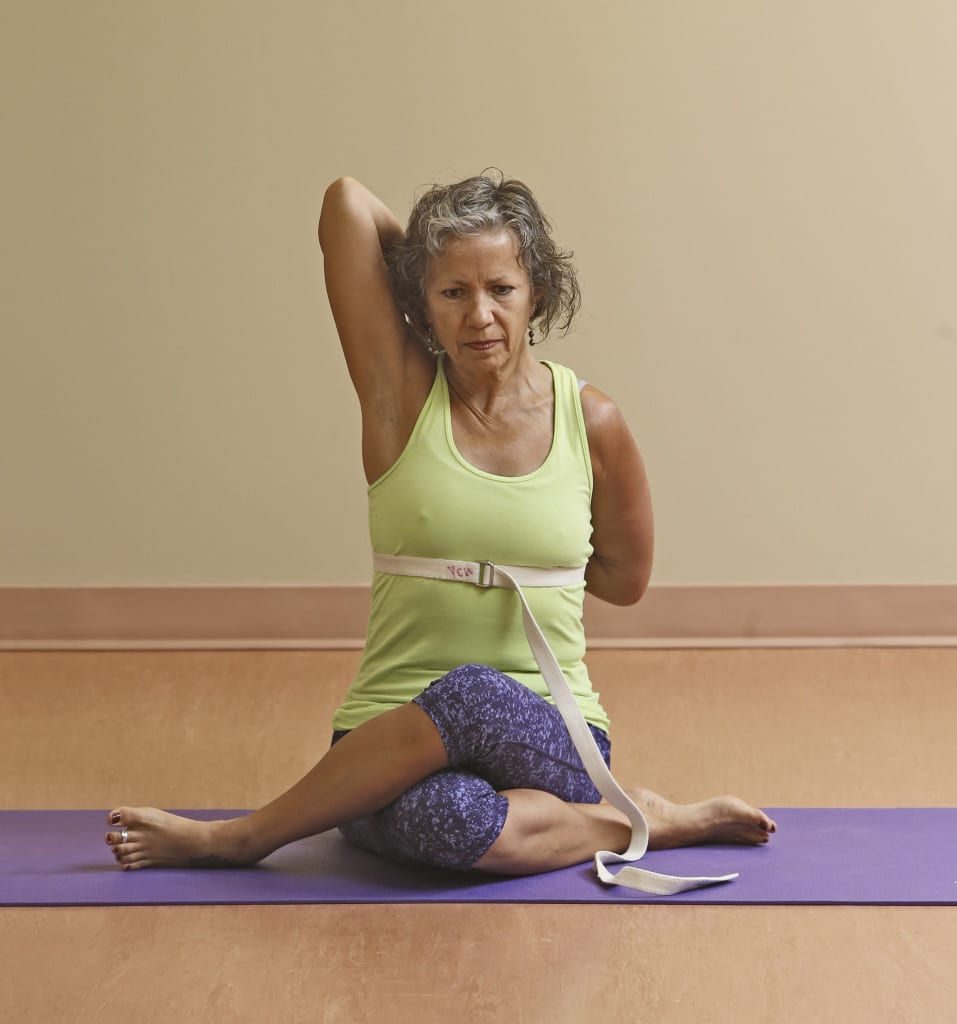
GOMUKHASANA (Cow-Face Pose)
From a seated position, bring your right heel to your left hip. The knee points forward, toes point to the side. Place your left leg over your right leg, right heel toward your left hip. To the best of your ability, stack your knees in a line. If your pelvis is not level, sit on a height. Stretch your right arm up, bend your elbow and rest your palm on your shoulder. Bend your left arm behind your back and either clasp both hands or use a belt over your right shoulder for the hands to clasp. Find the breath action for 5-10 breaths.
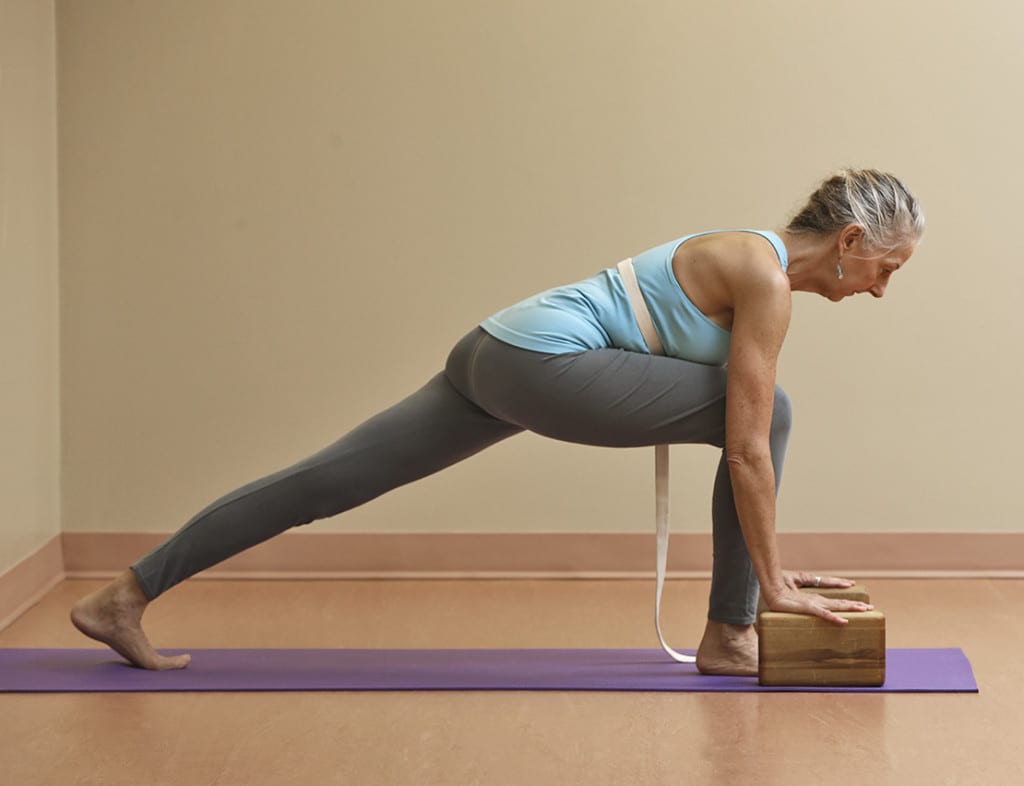
HIGH LUNGE
From Tadasana (Mountain Pose) step your left foot back as you bend your right knee into a right angle. Place your hands on blocks to keep your breast bone lifting. Stretch out through your back heel. Find the breath action for 5-10 breaths. Repeat on the other side.
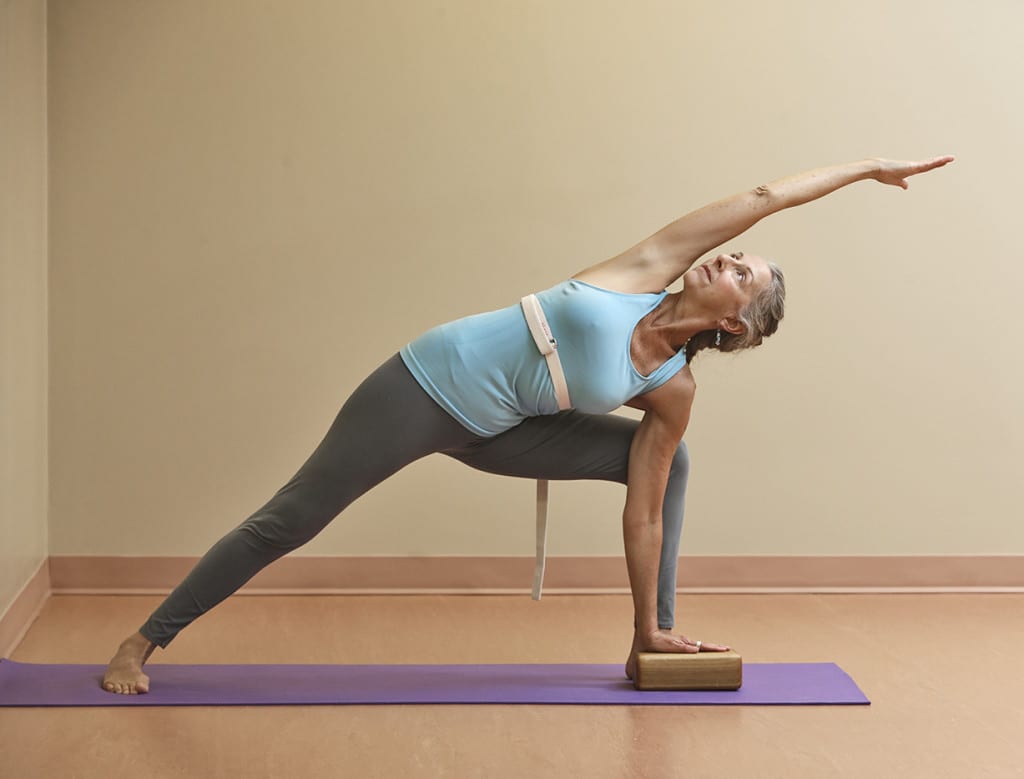
UTTHITA PARSVAKONASANA (Extended Side Angle Pose)
Begin in High Lunge. Turn your right leg out and release your heel to the floor. Place your right hand on a block (inside or outside your front foot). Roll your breast bone toward the ceiling, and bring your left arm overhead with the palm facing down. Find the breath action for 5-10 breaths. Repeat on the other side.
To discover more actions for awareness, see our Creating Space: Yoga Actions five-book series: for Feet & Ankles, for Legs & Knees, for Pelvis & Psoas, for Torso & Spine, for Arms & Shoulders (in production) available in print or e-book.
Candace and Helen are 500-hour certified yoga teachers. For yoga teacher training with them and Stacy Schroder go to www.sereneyogastudio.com.

